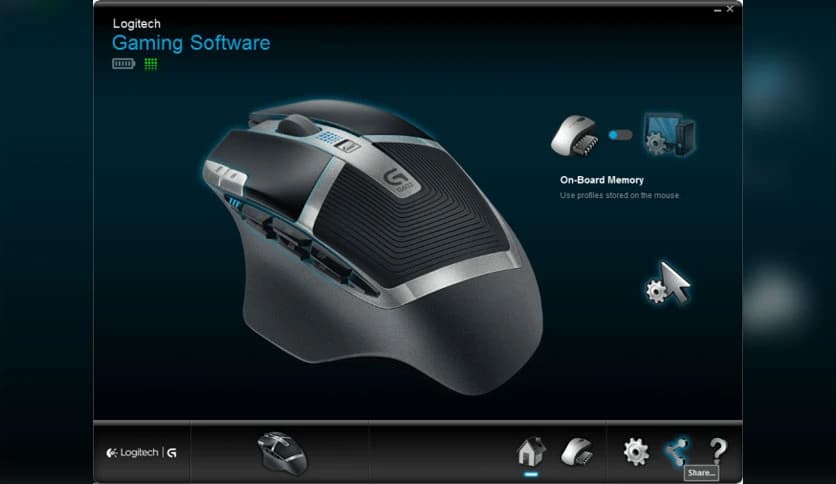In the multifaceted realm of card games, particularly within the intricate games of poker, terms and phrases often serve as cultural cornerstones. One such phrase, “It beats a high card but nothing else,” encapsulates a specific scenario in which a hand holds a bittersweet significance. Recognizing the nuances behind this statement can enhance one’s strategy and appreciation of poker, thus solidifying its importance in competitive play. For those who pride themselves on their understanding of the game, dissecting this phrase is not merely academic; it connects to the very essence of the poker experience.
The phrase itself refers to a hand ranking that, while superior to a mere high card, is agile enough to be outpaced by the more formidable combinations in a standard deck of cards. Understanding the context of this statement is crucial. A high card is the most basic hand in poker, wherein the player holds no pairs, no sequences, and no suits that connect. This scenario manifestly places the player in a precarious position, reliant solely upon the highest card in their hand to win against opponents.
When someone asserts, “It beats a high card but nothing else,” they evoke the archetype of a weak hand, specifically the one known as a “One Pair.” In poker, a One Pair consists of two cards of the same rank, bolstered by three other dissimilar cards. While it indeed surpasses a high card hand in terms of rank, it remains vulnerable in the broader hierarchy of poker hands—dominated by Two Pair, Three of a Kind, Straight, Flush, and so on.
To grasp the full implications of this phrase, one must delve into the pivotal rankings of poker hands. The Standard Poker Hand Rankings operate as follows:
- High Card: The lowest hand, evaluated solely by the highest card present.
- One Pair: Two cards of the same rank accompanied by three unrelated cards.
- Two Pair: This hand comprises two distinct pairs of cards and one unrelated card.
- Three of a Kind: Three cards of the same rank, along with two non-matching cards.
- Straight: A sequence of five consecutive cards of any suit.
- Flush: Five cards of the same suit, irrespective of their ranks.
- Full House: A hand constituted by three of a kind and a pair.
- Four of a Kind: Four cards of identical rank paired with an unrelated fifth card.
- Straight Flush: Five consecutive cards all belonging to the same suit.
- Royal Flush: The apex of poker hands, formed by the Ace, King, Queen, Jack, and Ten of the same suit.
The potency of the phrase “It beats a high card but nothing else” arises from the intrinsic skepticism attached to a One Pair hand. Players commonly find themselves at a crossroads: should one bet confidently, or would prudence dictate a more conservative approach? The judicious player must evaluate the texture of the table, assess the behavior of opponents, and gauge the likelihood that their One Pair can hold against potential challengers. In essence, this expression serves as both a cautionary tale and a strategic insight.
By recognizing that this hand is capable of holding its ground only against weaker opponents, players can better navigate the often-treacherous waters of poker. For instance, if the table reflects aggressive betting, one might deduce that other players potentially possess superior hands. In this light, the phrase underscores the importance of situational awareness in poker gameplay. It is imperative to adopt a calculus that melds the strength of one’s hand with the mental inclinations of one’s adversaries.
Moreover, the societal implications of this phrase extend beyond the tables of poker. It reflects a broader understanding of ambition and risk in life itself. Many individuals may find themselves in circumstances where they exceed the minimum—a mere “high card”—yet remain worlds apart from thriving, well-rounded success. Hence, this metaphor can resonate with those navigating various life pursuits. Like poker, life often entails a gamble; results may vary dramatically based on choices made, risks taken, and hands played.
Furthermore, the phrase epitomizes a journey of self-discovery and discernment. It teaches us that while we may not always hold the strongest cards in our pockets, our decisions to push forward with what we do have can shape our destinies. Acknowledging our position in the hierarchy of cards—and life—enables a higher level of strategy and contemplation.
Ultimately, the phrase “It beats a high card but nothing else” serves as an illustrious reminder to all who engage with gambling, strategy, or even interpersonal relations. It speaks to the heart of competitiveness while inviting a dialogue on navigating one’s position. By embracing our strengths and navigating the complexities of play (or life), we may find ourselves planning our next move with an acuity that extends beyond the poker table and touches on the very fabric of resilience and growth.



















Responses (0 )